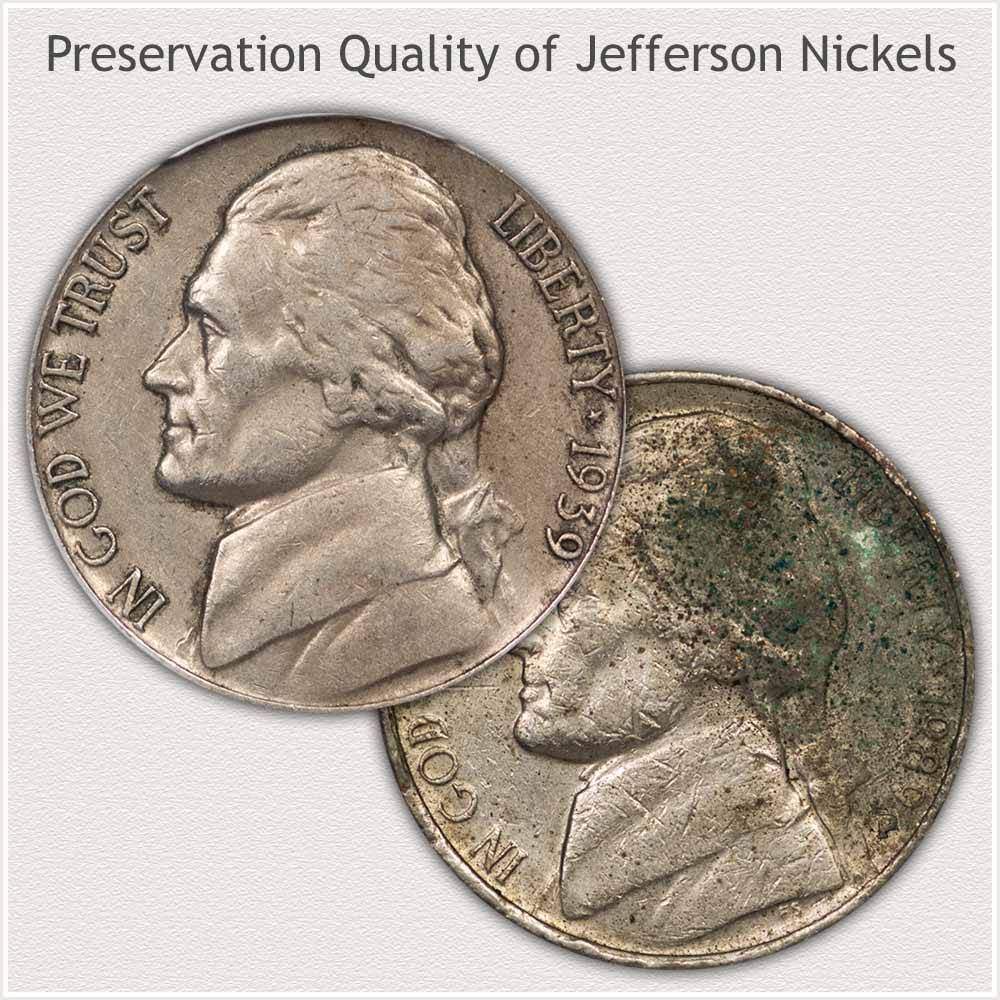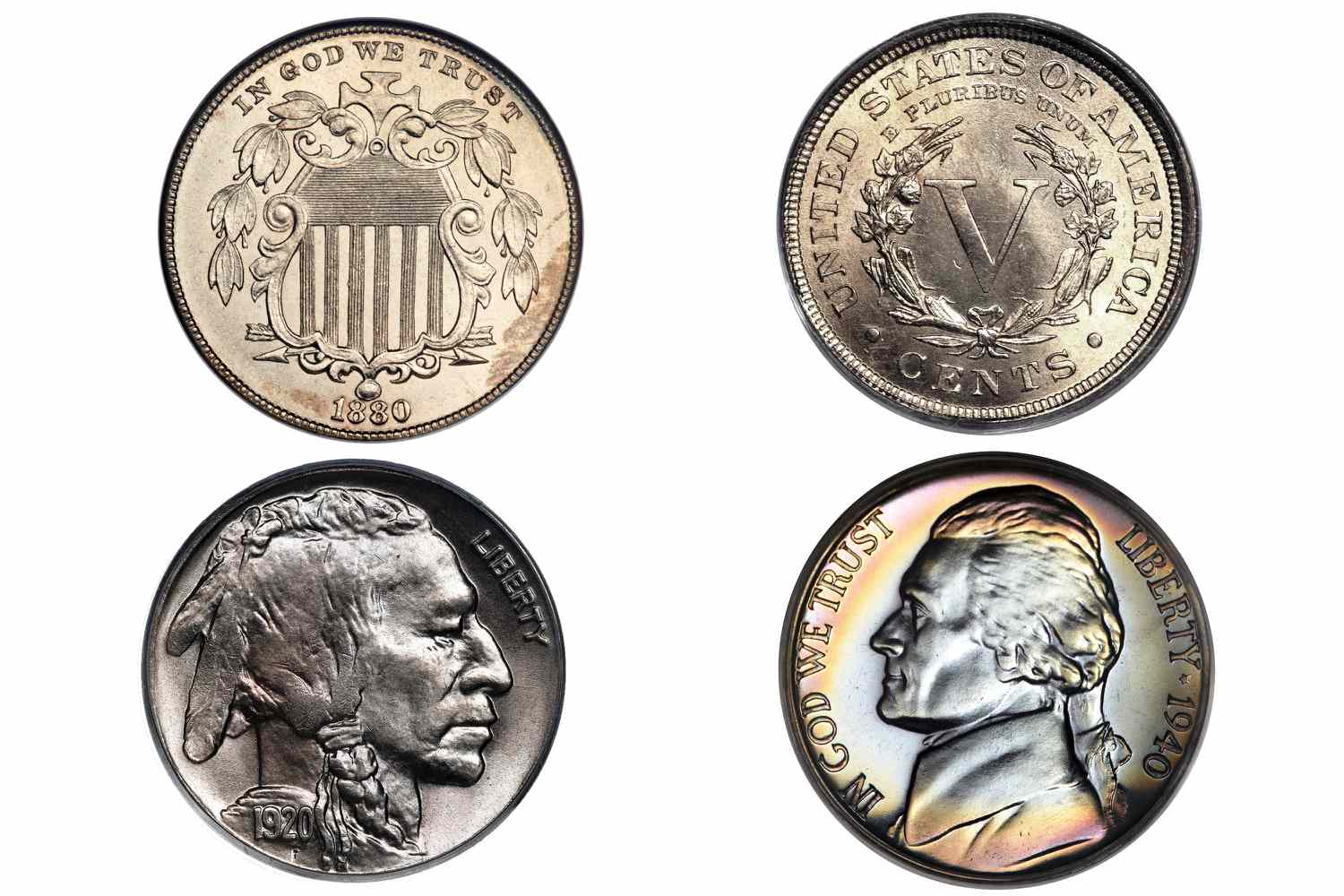How much are nickels worth
Nickels, those small and seemingly insignificant coins that often get overlooked in our everyday transactions, hold a surprising amount of value. While many may dismiss them as mere pocket change, the truth is that these five-cent pieces have a rich history and can potentially fetch prices far beyond their face value. From rare and valuable editions to hidden treasures lurking in piggy banks across the country, exploring the worth of nickels reveals a fascinating world where seemingly ordinary currency becomes anything but ordinary. So, let us delve into this intriguing realm and uncover just how much these humble coins are truly worth.
The value of nickels in today’s economy
Nickels may be the underdogs of coins, but don’t underestimate their value in today’s economy. While it’s true that nickels are not worth much individually, they hold tremendous significance when amassed in large quantities. With just 20 nickels, one can accumulate a whole dollar – something worth celebrating in and of itself. Furthermore, the unique properties of nickel make it an essential component in various industries, from electronics to construction.
In fact, the current market price for nickel is higher than its face value. This means that melting down a nickel and selling it as scrap metal could yield more money than its nominal worth. The increasing demand for products like stainless steel and electric vehicle batteries has boosted nickel prices considerably in recent years. As such, holding onto a stash of nickels can potentially provide more value over time, making them far more valuable in today’s economy than they initially seem. So next time you come across a handful of nickels jingling around your pocket or hidden away in your penny jar, think twice before dismissing their importance. Beyond their monetary value lies the potential for growth and opportunity within today’s ever-changing economic landscape. So go ahead and embrace these overlooked pieces of currency – you never know what they might bring!
Historical background:
To truly understand the value of nickels, it is crucial to delve into their historical background. The humble nickel, often overlooked in today’s world of digital transactions and plastic money, holds a significant place in the currency history of the United States. Introduced in 1866 as a replacement for the larger silver half-dime, the nickel quickly gained popularity due to its convenient size and monetary worth. However, what many people may not know is that the composition of nickels has undergone several changes over time.
Originally made using a combination of copper and nickel, these coins were known as ‘nickel cents.’ It wasn’t until World War II that a shortage of essential metals prompted an adjustment in their composition. In 1942-1945, with nickel being redirected for war efforts, nickels were instead minted using an alloy consisting of copper (56%), silver (9%), and manganese (35%). This war nickel variety ended up being slightly bigger than its predecessor due to differences in metal density.
Composition and weight:

Composition and weight are two important factors to consider when determining the value of nickels. While many may assume that all nickels have the same composition, this is not actually the case. In fact, depending on the year in which they were minted, some nickels may contain different combinations of metals. For example, from 1866 to 1942, nickels were composed of 75% copper and 25% nickel. However, during World War II due to metal shortages, the composition changed to a mixture of silver (56%), copper (35%), and manganese (9%). This change in composition can impact not only the value but also the weight of these coins.
The weight of a nickel can also be indicative of its worth. Generally speaking, older nickels tend to be heavier than their modern counterparts due to changes in manufacturing processes and materials used. For instance, pre-1965 Jefferson nickels weighed approximately 5 grams each while current ones weigh around 4.54 grams. In addition to age-related differences in weight, damage or wear on a coin can cause it to lose some weight as well. These variations in composition and weight make each nickel unique and contribute to its overall value as a collector’s item or as scrap metal. So next time you come across an old nickel tucked away in your piggy bank or hiding at the bottom of your pocket change jar, take a closer look – it may just hold more value than you realize!
Face value vs. melt value:
Face value and melt value are two very different concepts when it comes to determining the worth of a nickel. The face value is simply the denomination that is printed on the coin itself, which for nickels is 5 cents. However, the melt value takes into account the actual metal content of the coin and its current market price.
Nickels minted prior to 1942 were made of 75% copper and 25% nickel. Today, their melt value can greatly exceed their face value due to rising copper prices. In fact, some older nickels have a melt value that far exceeds their face value, making them highly sought after by collectors and investors alike. While most coins are primarily valued for their face or melt value, certain nickels have additional worth due to historical significance or mint errors. For example, an elusive Hawaii overprint on a 1935-D nickel can fetch tens of thousands of dollars at auction – significantly more than its face or even melt value combined. These unique cases demonstrate how evaluating coins solely based on their face or melt values may not accurately reflect their true worth in today’s market.
Factors affecting worth:
While most people might assume that the worth of a nickel is a straightforward matter, there are actually several factors that can influence its value. One key factor is the age and rarity of the coin. For example, older nickels minted before 1964 contain silver and can be worth more than their face value due to their higher metal content.
Another significant factor is the condition or grade of the coin. A nickel in pristine condition will often command a higher price than one that is worn or damaged. This is because collectors place great value on coins that have been well-preserved over time. Additionally, the demand for certain types of nickels can also impact their worth. For instance, if there is a high collector interest in a particular design or series of nickels, their value may rise accordingly. Understanding these various factors can give individuals a better appreciation for why some nickels might hold greater worth than others. Whether you’re an avid collector or simply curious about the monetary value of your pocket change, it’s always fascinating to delve into the intricacies surrounding these small yet potentially valuable coins.
Conclusion:
In conclusion, the true value of a nickel goes far beyond its face value. While these small coins may seem insignificant at first glance, they carry with them a rich history rooted in American culture and economics. From their introduction in 1866 to their current design featuring Thomas Jefferson, nickels have undergone numerous changes that reflect the evolving values of our society.
Moreover, the metal composition of nickels has also changed over time, making certain years more valuable to collectors than others. One example is the iconic War Nickel minted from 1942 to 1945 during World War II, which contained silver due to the strategic need for nickel in munitions manufacturing. These war coins are highly sought after by collectors today, fetching a premium price on the market.
So next time you come across a nickel in your pocket or coin jar, take a moment to appreciate its worth beyond its monetary value. Whether it’s delving into the historical significance or simply enjoying the thrill of collecting rare editions, let these tiny pieces of currency remind us of how something seemingly small can hold immense meaning and potential.

XMC.PL
Every line seems to carry a deeper meaning, as if the words are part of a larger conversation about life itself.